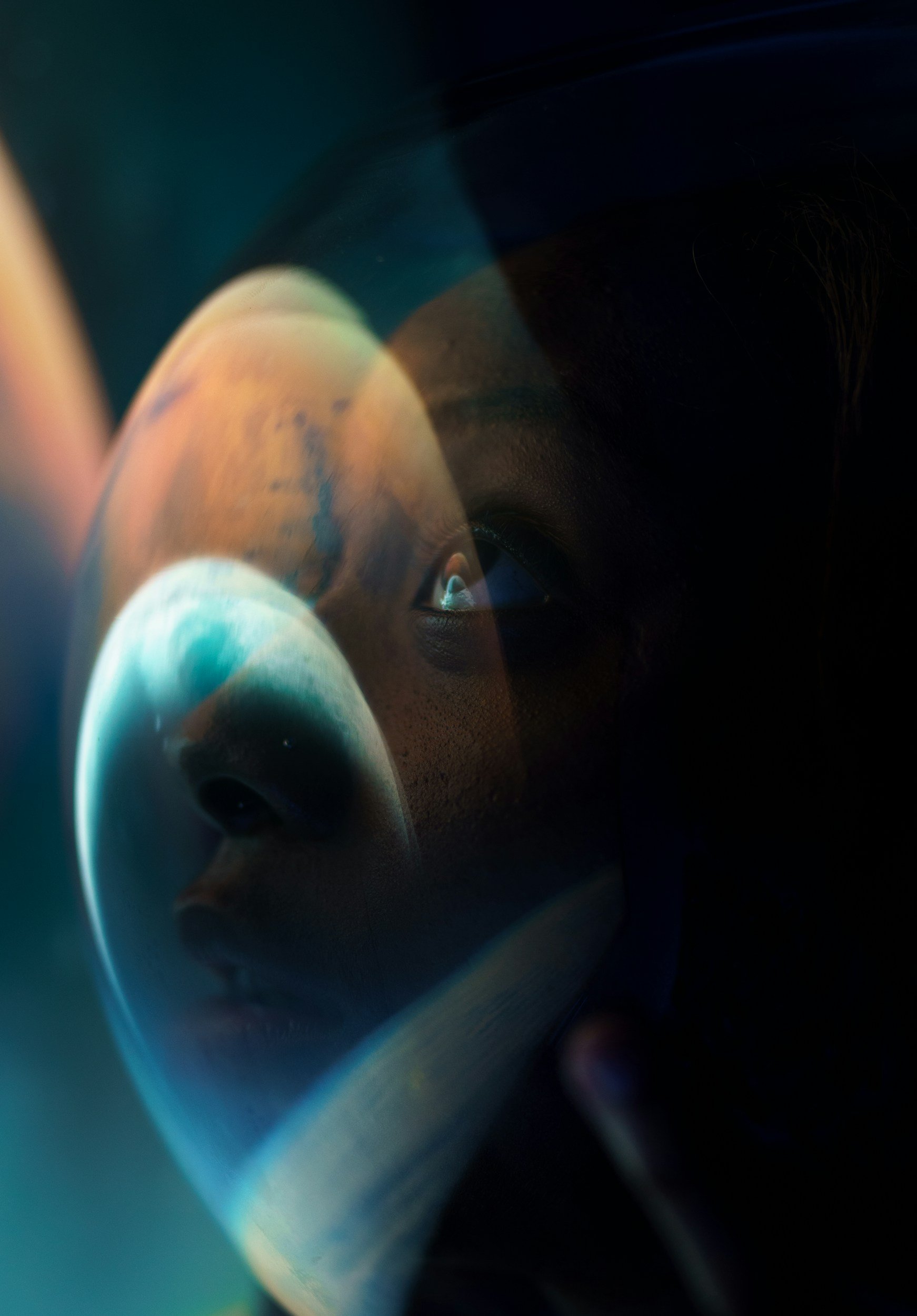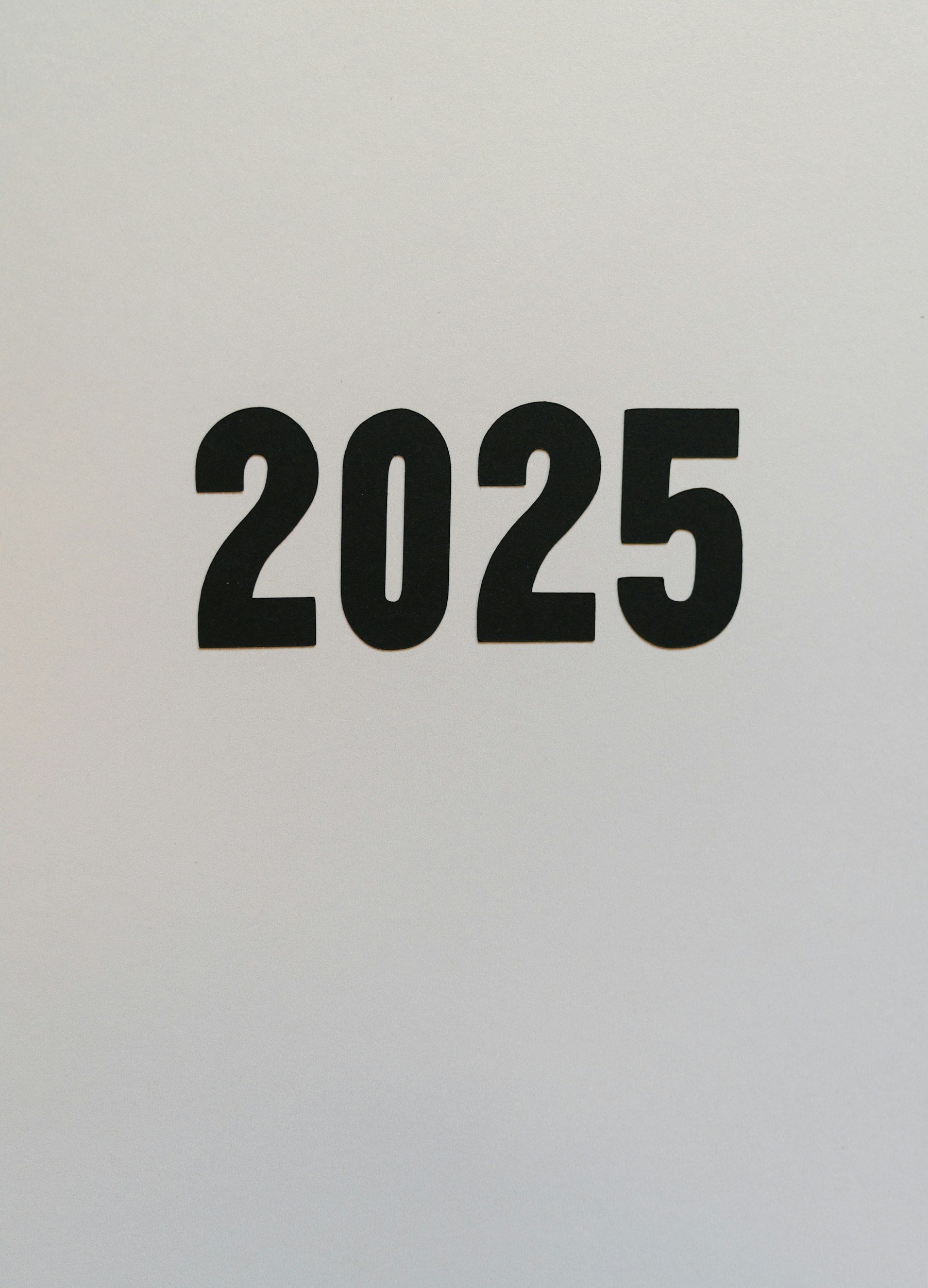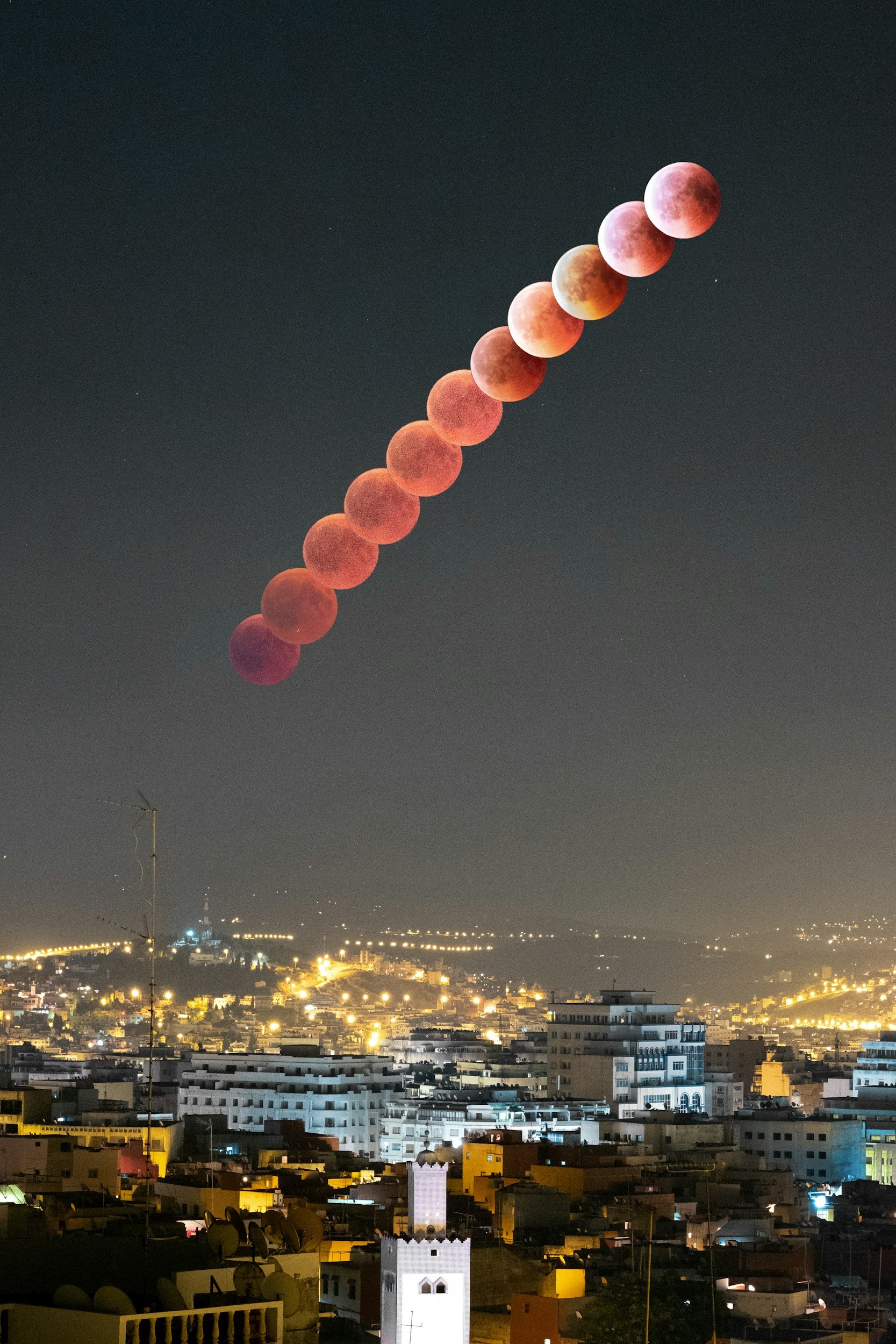Ògụ́àfọ̀ Ị̀gbò: Igbo Lunar Calendar Explained with Symbolic Details for Odinani Practitioners!
The Igbo calendar is based on a lunar cycle, each week (Izu) is made up of four (4) market days—Eke, Orie, Afo, Nkwo, and each month/moon (Ọnwá) consists of at least twenty eight (28) days, which makes up seven (7) weeks, in total we have thirteen (13) moons.
In ancient Igbo traditions, Onwa—the moon served as a main guide for organizing life and activities on the land. The movement and phases of the moon were used to determine when to plant crops, perform rituals, prepare medicine, and engage in various communal events. For Igbo people, the moon has always been a cosmic clock that kept us attuned to the energy of Ala (the Earth) and the universe. Our ancestors derived their understanding of nature and the cosmos at large from observing the positions of the sun, moon, and stars, as well as the behavior of animals, birds, fish and every living organism around them.
One of the most significant symbols in Igbo cosmology tied to the lunar calendar is Aniga—the Turtle. The turtle's shell is sacred, and is seen as a perceptive Agwu totem. It is believed to carry cosmic intelligence passed down through generations, understood and decoded by spiritually gifted Dibia (healers and diviners). This cosmic understanding is what informed Igbo ancestral knowledge of the lunar calendar and its 13 cycles.
The number 13 itself carries symbolic weight in Igbo consciousness. Not to mention what it can signify on a standalone basis, when broken down, 1 + 3 equals 4, a number that signifies completion and balance. This concept aligns with the Igbo worldview, which is deeply rooted in the principle of the number four—symbolized by the cardinal directions (Eke, Orie, Afor, Nkwo) and representing the cyclical nature of life.
Why Don’t Igbos Use the Solar Calendar?
The solar calendar is based on the sun’s movement, while the lunar calendar follows the moon’s cycles. Igbo ancestors predominantly aligned with the lunar calendar because they were people deeply connected to Ala, the Earth. Ala is the most revered cosmic force in Igbo spirituality, governing all life, death, and rebirth. They were also deeply attuned to cosmic energy and its alignment, they understood that the Earth resonates with the rhythms of the moon, while the moon draws its vitality and renewal from the sun.
The moon’s energy directly influences the land, tides, and seasons, making it the natural choice for a community that thrived on agriculture, spiritual practices, and harmony with nature. Igbo rituals surrounding birth and death are all intricately tied to Ala and, by extension, the moon. Igbo ancestors maintained a spiritual attunement with both their primal energy and the Earth by following the lunar calendar. Igbo culture has always contained religious festivals and rituals, which the lunar calendar was mainly used for.
The Moon takes about one month to orbit Earth (27.3 days to complete a revolution, but 29.5 days to change from new moon to new moon). As the Moon completes each 27.3-day orbit around Earth, both Earth and the Moon are moving around the Sun. So within a year, the moon completes 13 orbits around the Earth. This gives us 13 lunar months with 28-29.5 days each.
Why is it Said That an Igbo Lunar Month Has 28 Days?
The belief that a lunar month has 28 days stems partly from symbolism associated with the turtle's shell. The outer ring of small scales (marginal scutes) on a turtle’s shell normally numbers 28—14 on each side of the carapace. For Igbo ancestors, these 28 scutes symbolized the days in a lunar month. From their observations at the time this was the duration it took for the moon to orbit Earth, and also the period of a woman's menstrual cycle.
However, overtime skilled dibia have used this framework as a starting point. With their expertise in reading lunar cycles, they could divine the precise moment a new moon began and ended. Modern astrological tools now allow us to calculate these moments with accuracy, but the foundational structure provided by the turtle’s shell remains a symbolic touchstone. The scutes encircling the large segments on the turtle's back represent the number of days in a complete lunar cycle.
It’s important to note that while the moon completes an orbit around Earth every 27.3 days (a sidereal month—which is the time needed for the Moon to return to the same place against the background of the stars), a full lunar cycle (new moon to new moon) takes approximately 29.5 days (a synodic month). This discrepancy arises because the Earth is also orbiting the sun, and the moon must “catch up” to align with the same relative position.
Why Did Igbo Ancestors Use the Turtle’s Shell for the Lunar Calendar?
The turtle’s shell provided a structural framework for the Igbo understanding of lunar cycles. Its carapace features 13 large scutes in the center, representing the 13 moons in a lunar year. These larger plates, or growth rings, serve as a metaphor for the lunar cycle's progression, much like the natural aging and growth of the turtle itself. The number 13 also reflects the 4 seasons in Earth's journey around the sun.
The turtle is also a highly significant totem in the (Nne)Agwu energy cohort as it speaks to the energy of divination, symbolizing wisdom, patience, and the ability to navigate cosmic mysteries. For the Dibia and other spiritual practitioners, the turtle’s shell is also a divination tool imbued with spiritual energy.
What Are the Moon Names for Each Month?
Each lunar month in Igbo calendar has a name reflecting natural events, energies, or activities significant to the land during that period. These names vary across Igbo communities due to differences in dialects, also because numerous cultural practices (omenala) and natural events occur simultaneously. Due to the vast area land inhabited by the Ndi Igbo, the names for the moons can vary across different regions.
However, the moon names popularized through the Nri traditional system have become widely recognized today. You can find detailed descriptions of these names and their significance in the post: Ògụ́àfọ̀ Ị̀gbò: The 13 Moons In Igbo Cosmology & Their Significance In Odinani.
How Is the Beginning of a New Lunar Calendar Cycle Determined?
The start of a new Igbo lunar calendar cycle, or lunar new year, varies across traditions and communities. For some, it begins after the spring/vernal equinox—a time associated with Akwali Omumu, the cosmic energy of renewal. In esoteric spaces, the lunar new year is marked by either the first Eke market day or the first new moon after the equinox. In 2025, the equinox falls on March 20th, an Afo day, making March 22nd (the first Eke day) or March 29th (the first new moon after the equinox) the likely candidates for the new year.
Other traditions place the start of the lunar new year two new moons before the first equinox, which typically falls between January-February, aligning it with the Ikenga moon—Ọnwá Ife Eke (the third moon). In 2025, this new moon would fall on January 29th. Regardless of the exact date, the determination of a new lunar year revolves around the timing of the equinox, which is viewed in Odinani as the manifestation of Akwali Omumu, the energy of cosmic balance and fertility.
Cultural interpretations also play a role. Some communities align the new year with the rainy season, symbolizing the awakening of Mother Earth, while others begin their lunar year during the dry season when the first new moon appears in January or February. The differences reflect the rich diversity of Igbo traditions.
Ultimately, there’s no single "correct" date. Igbo people are united yet diverse, in reality every community honors their own unique cultural calendar. Everyone is free to celebrate according to their customs, as it is a well known Igbo saying that "everyone is a king in their own home." If you have insights into other new year traditions, share your knowledge in the comments below. Thank you in advance for contributing!
What Other New Lunar Year Cycles Are There?
Some communities believe the lunar year begins around the new moon before or after the other equinox in the year, which occurs around September 22nd or when the new yam festival is celebrated in the community. This means the arrangement and numbering of moons can vary between communities.
Additionally, the method for determining a 13th moon differs across traditions. While you might find that some communities follow a lunar-solar calendar system which is based both on the Moon's phases and the Earth's orbit around the Sun, others decide the inclusion of a 13th moon on a biannual, triannual, quadrennial, or other periodic basis. In some cases, these calculations rely on complex systems that may have been lost over time but could still be preserved in communities with strong festival and ritual traditions.
The simplest way to calculate the 13 moons is by following the 28-day framework established by our ancestors, resulting in a clean 364-day lunar year. This approach simplifies things by moving away from the “precise” astronomical calculations of the moon's orbit as determined by Western scientific observations.
What Symbolic Details Are There to Note?
The titles of the moons which we highlighted in another post, originate from the Nri traditional system, and they may vary across Igbo communities, reflecting other local dialects. Igbo n'asu n'onu n'onu, mana anyi bu ofu/ovu/ohu. Igbo people might speak in different tongues or dialects but we are one people.
Akwali Omumu, the equinoxes that occur twice each year, happen in March and in September. They occur when the feminine (Eke) and masculine (Chi) energy are at an even keel, when both principles manifest at an equal wavelength. Light and darkness merge into equality and balance. This is a powerful time to stay spiritually pure, realign yourself, and tap into this energetic harmony to transcend limitations. It's an ideal moment for renewal, manifesting from your spiritual center, and birthing something fresh, new, and reformed into your life.
Periods that lead up to or around this Akwali Omumu (equinox) energy are typically observed as periods of fasting, prayer, reflection and sometimes community cleansing rituals. You might have heard it referred to in online publications as “Ugani”, the 'hunger period', a period in which all must fast in sacrificial harmony to the goddess of the Earth, Ani/Ana.
In some enlightened circles, the first Eke market day after the first equinox (20th March) is observed as the “spiritual” new year—Ikenga Igbo New Year.
A new market day i.e Eke, Orie, Afor, Nkwo, begins at sunset (or sundown), the time in the evening when the sun disappears or daylight fades, and not at midnight or sunrise. It’s important to be aware of this if you are an Odinani adherent.
Please do not confuse a New Moon with a Full Moon. A New Moon occurs when the moon is on the same side as the sun, appearing completely dark and almost invisible from Earth. In ancient Igbo communities, identifying a New Moon was a sacred science taught to a select few, but today, astronomical tools make it accessible to everyone. The time between a New Moon and a Full Moon is about 14 days, marking half of the moon's cycle. Each new month (Ọnwá) begins with the New Moon, offering a chance to reset and renew, while the Full Moon is an opportunity to realign and harness our energies.
As an Odinani practitioner, it is important to track the New Moons and Full Moons and establish personalized rituals or spiritual practices to align your energy with nature. This helps you attune your intentions to Uche Nnechukwu—the divine will of God for your life.
Final Thoughts
In the modern world, navigating the lunar calendar alongside the solar calendar can seem daunting. However, as a 21st-century practitioner of Odinani, it has become a meaningful responsibility to honor and integrate this ancestral wisdom.
Personally, I use both calendars. While the English solar calendar helps me stay aligned with the modern world's demands and daily life, the Igbo lunar calendar provides a spiritual framework for my rituals, energy work, and connection to Ala. It’s not always easy, but the cultural and energetic rewards are immeasurable. Honestly, the dilemma faced by modern Odinani practitioners isn't far from how the ancient Egyptians lived. They used the lunar calendar for religious festivals and rituals, while their daily lives followed a 365-day solar calendar. In many ways, we are simply returning to the way things were—whether consciously or not.
For anyone seeking to align with the Igbo lunar calendar, I recommend starting with a commitment to observe and honor the four Igbo market days, then the new moons. Over time, you’ll find yourself naturally syncing with the cycles that guided our ancestors—a practice that brings balance, wisdom, and a deeper connection to the land and cosmos.
Let us remember that by honoring the 13 moons of Oguafo, we not only preserve an ancient heritage but also reconnect with the cosmic rhythms that sustain life itself. Yagazie li gi!
Recommended Resources:
13 Moons of the Igbo Lunar Calendar | Oma’s Odinani Mystery School (YouTube)
Mystery of the Four Market Days Explained - Why is The Sacred Igbo Calendar is More than a Calendar | Medicine Shell (YouTube)
Onwa Arushi of the Moon (and Ancient Igbo Calendar) Explained | Medicine Shell (YouTube)
The Magic of Eke, Orie, Afo, and Nkwo | Ugoebenaja (YouTube)














